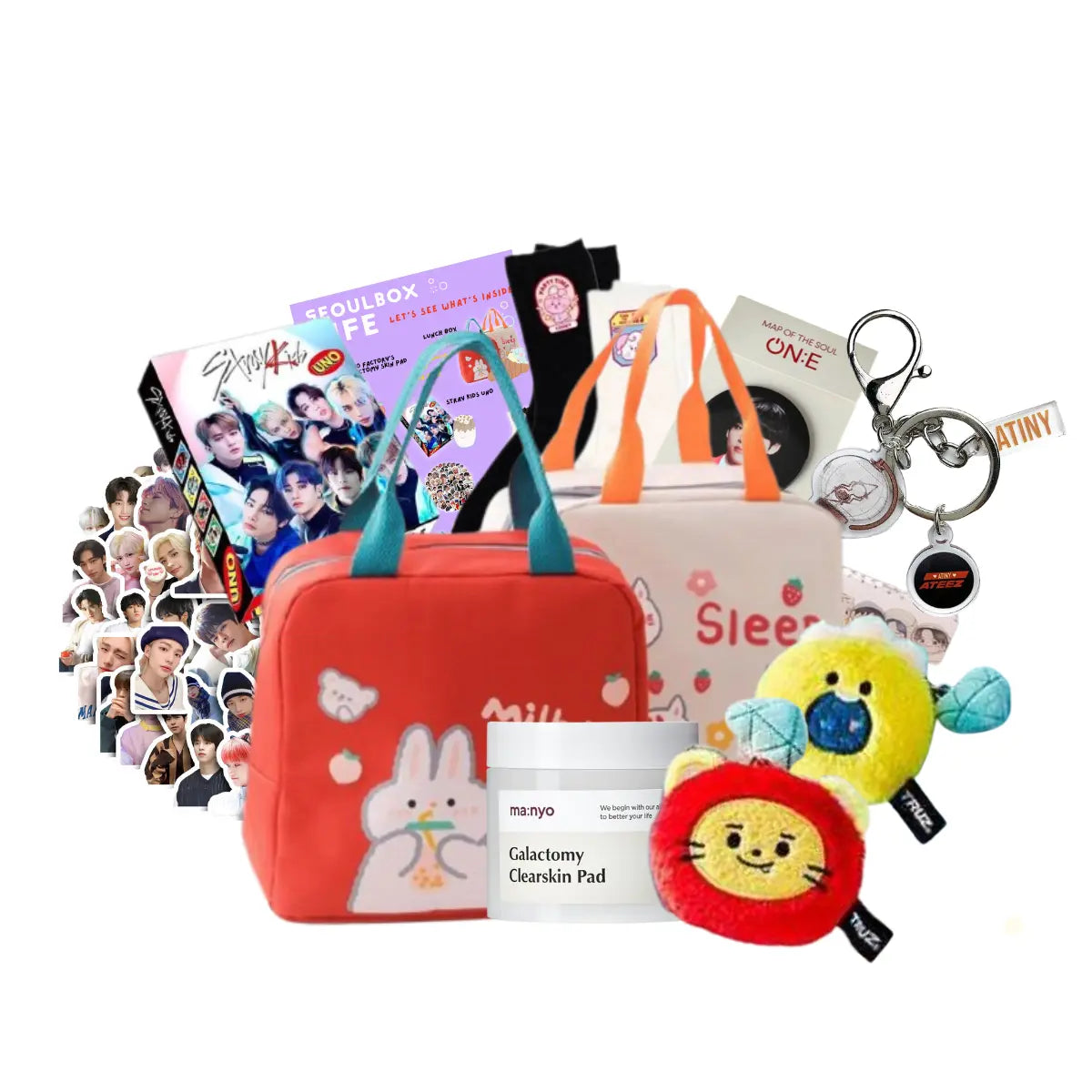What is Korean Royal Cuisine?
If you ever wondered what Korean royal families ate during the Joseon Dynasty from 1392 to 1910, you should dive into the topic of Korean Royal Cuisine & Court Food, Joseon Wangjo Gungjung yori ( 궁중요리 ) in Korean.

This cooking style has experienced a revival in the 21st century. Korean Royal Cuisine held a very important place during the dynasty.
The Royals were able to consume the finest food available, giving it the name gungjung eumsik (궁중음식 ), which means Palace food, as the palace was the only place where you could find such a variety of goods.
During the Joseon period, eight provinces were represented at the palace each month in turn.
Governors brought ingredients from their district to the palace making it possible for the cooks of the royal family to include a variety of rare ingredients into the special meals.

The food is served in a specific setting called Surasang(수라상 ). There are three tables and one hotpot.
Two of the tables are round, one bigger than the other and the third one is rectangular.
The largest round table is the main table, carrying the main bowl, soups, and stews, main dishes, side dishes, and fermented stored dishes.

Coming up next is the smaller round table, where red sura, gomtang - 곰탕,(thick meat broth), dessert, tea, and empty dishes and bowls are stored.
Whenever a cover is removed from one of the dishes of the main table it is also placed here. The third, rectangular table contains eggs, sesame oil, different raw vegetables, and several sauces.
What were the main Korean Royal Cuisine Dishes?
The main dishes are served in a bowl. There had to be two types of Sura (수라), which is a bowl of rice and grains, one of them being white Sura, which is boiled rice without any ingredients.

Juk -죽 and mieum - 미음 are types of rice porridge that are usually served in the morning.
They differ in inconsistency, where Juk is thicker than mieum, which is more similar to Western gruel, a thinner version of porridge that isn’t being cooked. Guksu is buckwheat or wheat flour noodles, but buckwheat is preferred.

Next, we have Mandu - 만두 and Tteokguk -떡국.
What is Mandu 만두?
Mandu is steamed or boiled dumplings that are either made of buckwheat or wheat flour. They are being stuffed with fillings.

What is Tteokguk 떡국?
Tteokguk is a soup made out of glutinous rice cakes, tteok. As side dishes, there are salads like Saengchae 생채 , which is seasoned with soy sauce or mustard sauce, salt, and vinegar.

What is Namul 나물?
Namul 나물 is a different kind of steamed vegetable like spinach, daikon, zucchini, green bean sprouts, or Korean bellflower that are seasoned with hot pepper, garlic, salt, and sesame oil.

What are Jorigae 조리개 and Jeonyuhwa 전유화 in Korean Royal Cuisine?
Jorigae is heavy seasoned hard-boiled foods like meat, fish, and vegetables. Jeonyuhwa is similar to pancakes. Eggs, wheat, and other ingredients are being mixed to prepare a batter.

So if you ever feel like dining like the royals just prepare some of the dishes above and make sure to leave a comment on which one you liked the best. 먹자(“Let’s eat” in Korean)
Author - Kris






